 And the word of the day is “inter-connectivity.” Connectedness. Linkages.
And the word of the day is “inter-connectivity.” Connectedness. Linkages.
Look again at the photo, the 17 Sustainable Development Goals, the heart of the United Nation’s Agenda for People, Prosperity and the Planet. All 193 Member States committed to this 2030 agenda and to leave no one behind in the process.
Spoiler Alert: we are not going to make it by 2030. COVID slowed down the process and even reversed gains on some target areas.
If you notice, the issue of homelessness—which the entire Vincentian Family has agreed to work together to end—runs across and through the gamut of the Goals for the simple reason that all these social issues are in one or another way “inter-connected.”
This is not news to good systemic change thinking, which recognizes that nothing happens in isolation, that everything is connected. That too often we see the forest but not how the trees are related! To understand the “forest” that is poverty, for example, we need to be aware of the interaction of the trees that make it up. This approach drives us to a deeper analysis of all the inter-connected issues and problems we must address to build a healthy and peaceful society for all.
So when we reflect on homelessness and the factors that drive or cause it in the first place, such as the lack of available affordable housing, stagnated wages yet rising cost of living, mental health and substance abuse issues, domestic violence, family rejection on the basis of young people’s sexual identity issues, psychological distress of different kinds. All of these of course then are further exacerbated by the experience of homelessness.
The connections between homelessness and food insecurity, job insecurity, insufficient physical and mental health maintenance are fairly obvious.
All of this in spite of the 16 million homes vacant in the US. There are answers. There are success stories. The “Housing First with Services” approach works. But insufficient political will exists to tackle the problem adequately, even though housing is a Human Right that takes precedence over property rights and housing as a commodity.
The good news is that to advance one or other issue also moves the whole set forward: such is the nature of the multiple connections. We only have to connect the dots.
St. Vincent knew how to connect the dots. The great Patron and Organizer of so many charitable enterprises also knew that the priorities of justice take precedence over those of charity, and that it is not enough to do Good without doing it Well. And he always provided a solid framework for those efforts by establishing a funding stream and an emphasis on rules and contracts.
Our advocacy in this regard must be to inform policy at the local level, bring the voices of people experiencing homelessness—no talk about the homeless without the homeless–or at constant risk of it, to the tables of decision-making, and break down the silos that often interfere with safety net provision. Policy and adequate support for the homeless must interface with hunger and health providers, and all must be done in a human rights framework. And we should support the growing consensus around the need to build Social Protection Strategies for all.
We often say it’s a small world. True enough. Mostly because it is remarkably inter-connected.
Jim Claffey
NGO Representative of the CM to the UN
